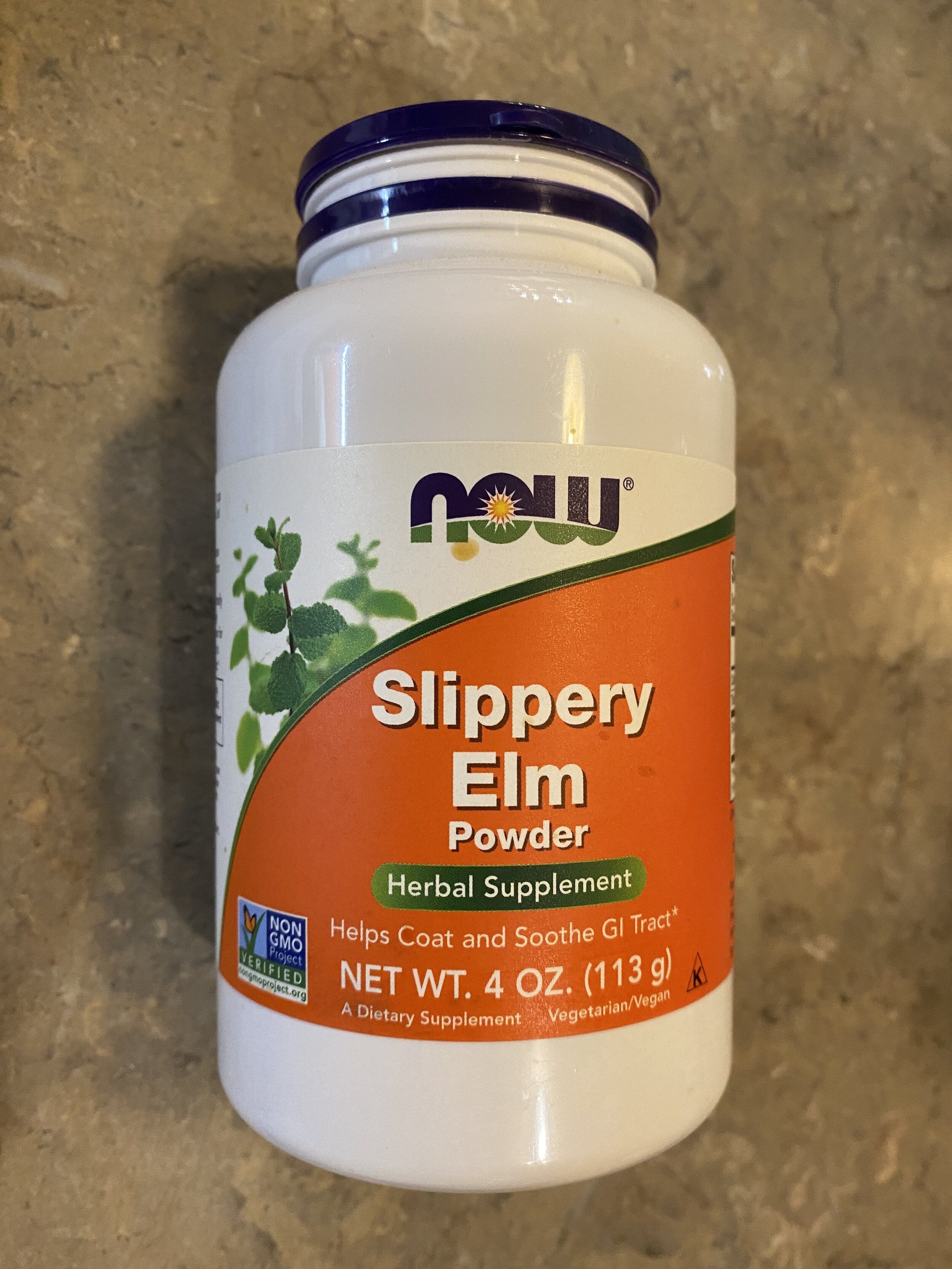Animals are no stranger to worms, it is a common problem among all species of livestock and domestic pets and those pesky parasites can cause a host of unpleasant symptoms for your goats, sometimes even death. So, you might be asking yourself; where do these gastro-intestinal parasites come from and what is the best way to manage them?
Let’s try and answer question #1 first, where do they come from? For goats, the vast majority of worm larvae are found on the pasture. As they graze, they pick up the worms and believe it or not, these worms can live on the pasture for several months! Not only that, but their life cycle is also fast, taking less than 3 weeks from the time the larvae was ingested until it becomes a blood-sucking, egg-laying adult! The female adult can lay up to 5,000 eggs per day and the average animal has about 300 worms. You can see how quickly this can become a compounded problem.
So, what’s the best way to manage them? I think for starters, pasture rotation plays a much bigger role than one might think. Honestly, I had no idea just how long worms can live on the pasture! Rotation is something we have practiced here but we based it more on the condition of the grass and not the potential worm load. To make matters more difficult, short grass following a rain is the perfect combination for a sudden parasite bloom. Once you know, you know. We will definitely be re-evaluating our pasture rotation.
Another management practice is that of deworming (sometimes known as worming, drenching or dehelmintization), which is the giving of an anthelmintic drug to an animal to rid them of helminths parasites, such as roundworms, flukes and tapeworms.₁ However, it is a well-known fact that gastro-intestinal parasites (worms) have developed resistance to all of the currently available dewormers. Resistance means that the treatment is not effective (or marginally effective) at killing worms and alleviating clinical symptoms. Also, worm resistance is heritable; meaning the worm’s ability to survive is passed onto its offspring.₂ In hopes of alleviating the resistance, some have practiced rotating wormers. However, research is showing that this may have done more harm than good.
On our farm, because we are aware of the problem of dewormer resistance, we have decided to use an herbal formula from Fir Meadow for our goats (and even our cats too!) Natural dewormers help to build the animal’s resistance to the worms by means of a healthier digestive tract, which in turn increases their ability to expel the adult parasites before they are able to attach to the intestines. DWA is formulated to help support the body in foreign matter removal without the need for meat or milk withdrawals and is safe for pregnant animals. According to their website it is “comprised of several traditional herbs that are said to have therapeutic properties: anthelmintic, vermifuges, vermicides and taeniacides to deal with issues in the digestive tract and to help the body defend itself with what it comes in contact with. Cleaner animals over time turns into cleaner pastures.”
When it comes to using DWA for our cats, we just mix it into their raw/wet food which is super simple. For the goats, they tend to put up a little more fuss and we have found that dosage balls (aka treats) are the best method for us and for them.
Follow along with me as I whip up a batch!
All you will need are 2 ingredients: DWA from Fir Meadow and Honey.
As per the directions on the package and the size of my Nubian goats, I used 1 tsp per dose. For one goat, dosing twice a day for 5 days, I used 10 tsps of DWA.
Next, add the honey. I do not have a specific measurement for this, I just eyeballed it. Then stir until the herbs begin to come together. You’ll want to be able to form a ball/log so because the honey is the binder, add more if needed. Allow your mixture to sit for about an hour, this will help it dry out a little which will make it easier to work with.
Next, I used a little bit of Slippery Elm powder on some parchment paper to help form the log. Slippery Elm is also great for digestion, however if you don’t have any, feel free to use a little bit of flour instead. Coat your herb mix in the powder and roll into a log. Then cut into the desired number of pieces, for this batch, that amount is 10. Keep the dosage balls in a sealed container and use as needed. Comment below if you give this recipe a try and best of luck on your battle against gastro-intestinal parasites!
1.Deworming - Wikipedia
2.Slowing Dewormer Resistance in Small Ruminents - Premier1Supplies
3.other resources:
» A New Approach to Worming | Veterinarian and Animal Clinic in New Ross, IN (newrossvet.com)
Alternative Treatments For Haemonchus Contortus in Sheep: Testing of a Natural Dewormer and Literature Review of Management Methods (dickinson.edu)







